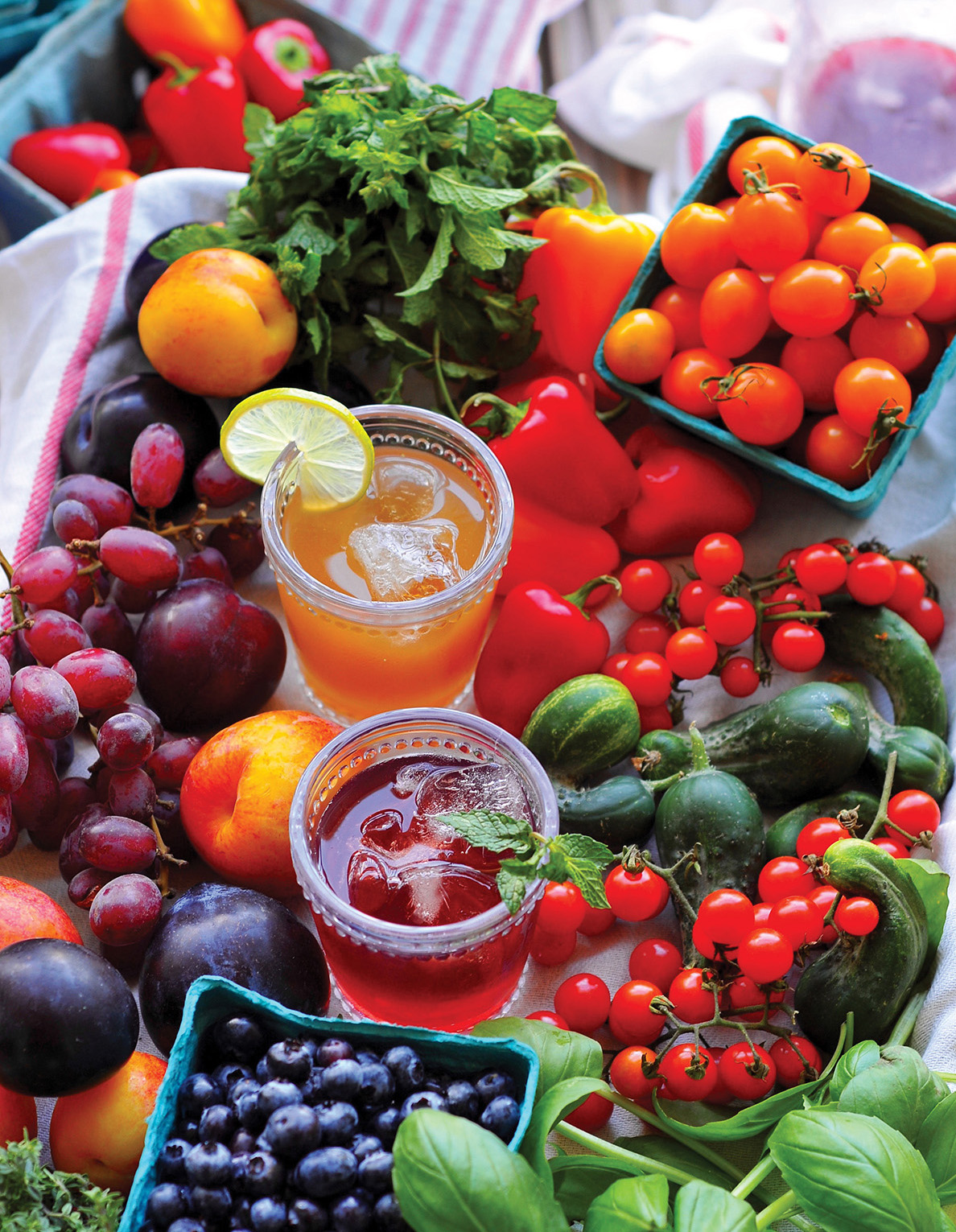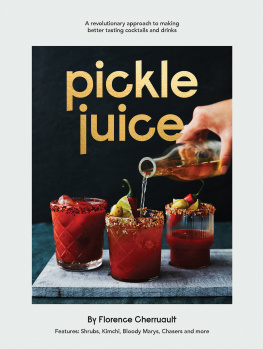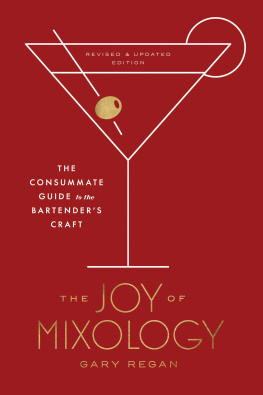
Copyright 2016, 2014 by Michael Dietsch
Foreword copyright 2016 by Paul Clarke
Cover design by Nick Caruso Design
Cover photograph by Kristy Gardner
All photographs copyright 2016 by Jennifer Hess, unless otherwise stated below:
Page 29: Bildangentur Zoonar GmbH/Shutterstock.com; 44: AlenaKogotkova/Shutter stock.com; 51: Courtesy of Kim Tait, Tait Farm Foods; 61: MaraZe/Shutterstock.com; 62: Dean_Fikar/iStockphoto.com; 76: Jacek Bieniek/Shutterstock.com; 78: Wollertz/Shutterstock.com; 84: Pete Broyles/Shutterstock.com; 97: designelements/Shutterstock.com; 98: sky_dream/Shutterstock.com; 100, 156: vanillaechoes/Shutterstock.com; 102: MSPhotographic/Shutterstock.com; 104: Adam J/Shutterstock.com; 107: Dream79/Shutterstock.com; 108: juniart/Shutterstock.com; 115: Lecic/iStockphoto.com; 116: BruceBlock/iStockphoto.com; 118: mag-nez2/iStockphoto.com; 122: apCincy/iStockphoto.com; 124: omersukrugoksu/iStockphoto.com; 146: Ana Bo-kan/Shutter stock.com; 151: zoryanchik/Shutterstock.com; 155: KayTaenzer/iStockphoto.com; 180, 197, 198, 248: Mindstyle/iStockphoto.com; 182: Kristen Lara Getchell. Photographed at Gather Restaurant in Berke-ley, California; bartender, Charlie Crebs. Used with permission from Shrub & Co.; 192: Yeko Photo Studio/Shutterstock.com; 200: Darryl Brooks/Shutterstock.com; 202: AlexPro9500/iStockphoto.com; 223: Bill Sallans, used with permission from Libar & Co. 232: Chris Gramly/iStockphoto.com; 238: miteemaus5/iStockphoto.com
All rights reserved
For information about permission to reproduce selections from this book, write to Permissions, The Countryman Press, 500 Fifth Avenue, New York, NY 10110
For information about special discounts for bulk purchases, please contact W. W. Norton Special Sales at specialsales@wwnorton.com or 800-233-4830
The Countryman Press
www.countrymanpress.com
A division of W. W. Norton & Company, Inc.
500 Fifth Avenue, New York, NY 10110
www.wwnorton.com
978-1-58157-388-6 (hc.)
978-1-58157-651-1 (e-book)
DEDICATION
To Jennifer, Julian, and Mirabelle

Shrub is a colonial-day drink whose name is derived from the Arabic word sharab, to drink. It is a concentrated syrup made from fruit, vinegar, and sugar that is traditionally mixed with water to create a refreshing drink that is simultaneously tart and sweet. In the nineteenth-century, the drink was often spiked with brandy or rum.
Entry in The Ark of Taste, Slow Food Foundation
CONTENTS
Amateur historians with a thirst increasingly populate the drinks worldbartenders, brewers, writers, and chefs keen on digging through the past with a pen in one hand and a glass or a jug in the other. This is much as it should befor while the food world has largely had an unbroken history, with everything from Larousse Gastronomique to generations of Italian grandmothers passing food knowledge over the ages, the drinks world (especially once you stray far from wine) has had few such institutions.
Of course, beer, cocktails, and other libations have faced challenges that the food world hasnt. While food and drink are both regularly buffeted by wider outside forces as well as the ever-changing whims of taste, the drinks world has also encountered blowback on political and religious fronts, with everyone from the Womans Christian Temperance Union to Andrew Volstead and Prohibitions politicians messing with the stuff that flows into our cups. But while many of todays history-oriented spelunkers are bartenders digging up the bibulous knowledge buried by Prohibition, theyre also finding a common interest with these early temperance advocates: the flavorful (and non-alcoholic) class of drinks called shrubs.
The shrub family tree can be traced back to Roman times, and this pre-refrigeration manner of preserving seasonal produce had a particular resonance throughout the Colonial era and into the earliest years of the new republicand decades later, they were briefly revived by temperance advocates looking for liquor-free alternatives that offered a more flavorful oomph than, say, lemonade. Repeal and world war washed shrubs away again, but more than a half-century later, after the food sciencemad mid-twentieth century, Americans began to rediscover tasteand along with it, the manner through which our ancestors approached their food and drink.
Shrubs are now every bit a part of our contemporary culinary landscape as much as the spread of artisan cheesemakers and the boom in high-tech kitchen gadgetry. But shrubs hold a distinctive place in our glasses, occupying a hybrid position between Colonial-era rusticity and innovation-driven change. And, in a move surely to the chagrin of Prohibitionists, shrubs have found particularly fertile terrain in todays craft-cocktail bars, where their acidic bite and fruity brightness are used to doctor bespoke cocktails, as well as spark the non-alcoholic side of the menu with a little excitement.
Its hard to toss a cocktail shaker nowadays without hitting a bartender featuring at least one house shrub on their cocktail menuand even some of the more settled and staid restaurants around the country are livening up their non-alcoholic drink menus with kitchen-made shrubs that promise exponentially more flavor and character than do ho-hum commercial sodas. And since the initial release of this book in 2014, many of those vinegar-pouring shrubmakers have used Michael Dietschs Shrubs as a sourceat first for recipes and information, but eventually as inspiration for venturing in their own fruit-rich directions.
Few would have likely figured that these mixtures would find such enthusiastic reception, but Dietsch and his shrub-filled soaking jars have tapped a particular moment in the storied zeitgeist. If youre new to the shrub scene, theres no better source for getting started than the book you hold in your handsand if youve been down the shrub path before and are looking for fresh ideas, Dietsch has you covered there, as well. But before you take a sip from that first glass, be sure to raise a toast and give a word of thanks to Michael Dietsch for putting todays shrub wheels in motion.
Paul Clarke
Author of The Cocktail Chronicles, executive editor of Imbibe magazine


The word shrub calls to mind a short, stemmy, woody plant, similar to a bush but maybe even a bit bushier. It also refers to a delicious vinegar-based syrup that makes any drinkalcoholic or notmore refreshing. Thats the shrub Im talking about.
I remember the first time I had a shrub. I was in New Orleans for Tales of the Cocktail, in July 2008. Tales of the Cocktail is a cocktail festival held in the French Quarter. It attracts bartenders, distillers, brand representatives, writers, and the general public for five days of seminars, dinners, competitions, tastings, and product launches.
Bartenders around the country were just beginning to rediscover the shrub, and that day I tasted a cocktail by a Chicago bartender named Bridget Albert. Albert is the author of Market-Fresh Mixology, and she holds the position of director of mixology for Southern Wine & Spirits of Illinois. Her drink featured cachaa, a Brazilian liquor made from sugarcane juice thats somewhat similar to rum. She also used raspberry shrub, lime juice, and ginger ale. The drink was balanced and refreshing, with no single ingredient taking over. I could taste the cachaa, the fruit, and the tang of the vinegar, but they were harmonious. And since I had just walked into the hotel from a blistering New Orleans summer day, the drink was also the most refreshing thing I had tasted all day. I kept going back for more.
Next page










